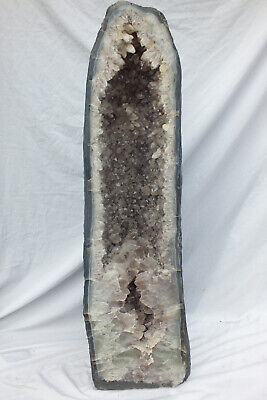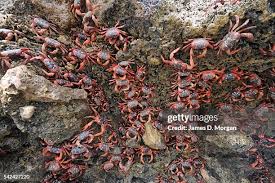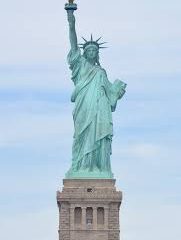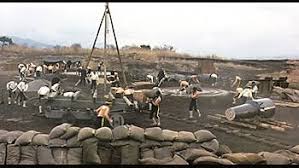The Druze: A Unique Community with Rich Heritage

Introduction
The Druze community is a fascinating religious and ethnic group primarily found in the Middle East, particularly in Lebanon, Syria, and Israel. As of 2023, the Druze population is estimated to be around one million globally. Their distinct beliefs and cultural practices make them a significant yet often underrepresented group in discussions about the Middle East.
The Druze Beliefs and Culture
The Druze faith originated in the 11th century as an offshoot of Ismaili Islam but has evolved into a unique religion with its own doctrines. The Druze believe in the concept of reincarnation and the importance of self-reflection and moral living. Their secretive religious texts and teachings are mostly accessible only to the initiated, which contributes to their mystique. Language plays a crucial role in their identity, as the Druze predominantly speak Arabic and consider it a key element of their culture.
Current Events and Political Landscape
In recent years, the Druze community has faced challenges regarding their political representation and rights, especially in Lebanon, where they hold a significant political position. The community is known for its loyalty to the states they reside in—this was exemplified during the Syrian Civil War, where many Druze in Syria maintained a neutral stance despite the immense national turbulence. Today, the Druze continue to advocate for stability and peace in the regions they inhabit, pushing back against sectarian tensions that often define Middle Eastern politics.
Cultural Heritage and Festivals
The Druze celebrate various unique festivals, including the ‘Hawra’ festival, which is a period dedicated to remembrance and festivities. Their traditional music and dance form an essential part of their cultural expression, showcasing vibrant costumes and rich rhythms. Efforts to preserve and promote Druze culture are gaining momentum, with community groups hosting events and workshops to educate others about their customs and heritage.
Conclusion
The Druze community represents a significant, albeit often overlooked, component of the Middle Eastern tapestry. Understanding their beliefs, challenges, and cultural practices enhances our comprehension of regional dynamics and promotes acceptance. As global dialogues increasingly focus on diversity and inclusion, the Druze offer a unique perspective that contributes to the broader narrative of coexistence and resilience in the face of adversity.





